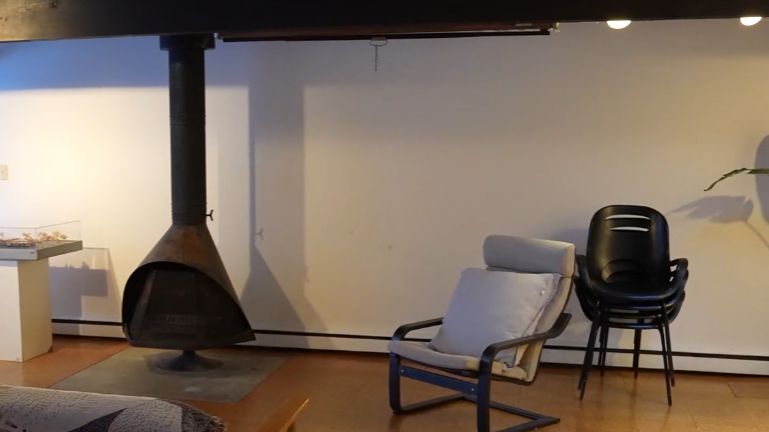Those who utilize a new service that helps the visually impaired maintain the freedom to move about the community would like to see it continue growing.
How you get around - whether it be work, school or leisure - matters. So imagine trying to do it without sight.
The World Health Organization’s 2017 statistics showed 253 million people are visually impaired worldwide - 36 million are blind and 217 million have poor vision. The National Federation of the Blind's latest numbers cites 7,675,600 blind or visually impaired and almost half a million here in New York State.
"I could tell if it's sunny out, you know like now it takes a nice day," said NFTA customer Andrew Pieczynski. "I could tell the sun's out, but I said otherwise nothing."
Pieczynski is one of the thousands of New Yorkers living with visual impairment. Diabetes wreaked havoc on his sight a decade ago.
"It was a scary process the first six months. I was scared. I still have a lot of years left in my life," he said.
Within a nine-month period, he's down to just being able to sense light, but you wouldn't guess from his busy schedule.
"This is a message from NFTA to let you know that your bus is on its way," says the automated voice on Pieczynski’s phone echoing inside his lifelong Hamburg home.
To get on the road, he uses programs from the local public transit and their partnership with Aira. It helps Pieczynski and countless others navigate through spots where his cane or an aid aren't effective or available and gives him back the freedom of mobility.
"The only thing I missed in my life is the part where I'm not able to just hop in my car and, say you're making cereal in the morning with rotten milk," said Pieczynski. "It caused me to become a better planner."
Pieczynski would love to have a support system like Aira sponsored by every transit organization for statewide travel.
"It won't be a quick trip. But you could use public transportation to get to Rochester, have a meet-up at Batavia for example, or somewhere you know if you need to get to Syracuse," he added. "Just different ideas to keep people able to be mobile."
Luckily for Pieczynski, he remembers this area well and a can-do attitude means his memories can continue to inspire others.
"I felt like that with my school bus career. I was an educator with the kids," said Pieczynski. "But now I feel like I'm unofficial. I'm an unofficial educator of blindness."
With a little help from a friendly Aira agent who uses the camera in Pieczynski’s phone to act as his eyes, communicates what they see around and also uses their desktop computer where they're located to assist in navigating the general area — it sounds like a lot but makes the world of difference.
"If it takes practice…baby steps to grow and learn on, it creates a good sense of independence," Pieczynski said.
The Aira program is available as a subscription service for everyone with visual impairment, something Pieczynski and so many others would like to see included as a benefit of being a transit customer from airports to buses, trains, and more.









